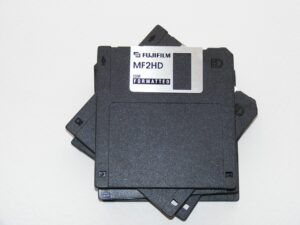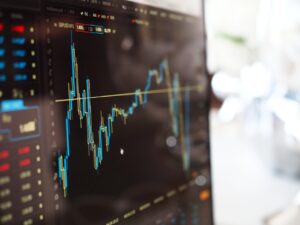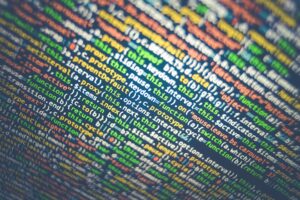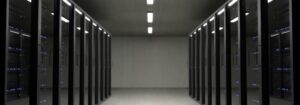The insurance industry has always evolved in response to changing societal needs and economic advancements. However, with the advent of new technologies, the sector is undergoing rapid and profound transformation. The impact of technology on the insurance field goes beyond improving efficiency, opening up new opportunities to enhance customer experience, refine risk analysis, and reinvent business models. Here’s an overview of this evolution.
1. The Digitalization of Insurance Services
One of the most noticeable changes in the insurance industry has been the digitalization of services. In the past, many processes were manual and required direct involvement from agents. Today, with the digitization of data, policyholders can sign up for contracts online, manage their policies, and file claims directly through digital platforms. Insurance companies have thus optimized their online operations, reducing costs and providing a faster, more convenient service for customers.
2. Artificial Intelligence and Machine Learning
Artificial intelligence (AI) and machine learning have become central to the insurance sector. These technologies allow for the automation and optimization of numerous processes, from risk analysis to claims management. For example, insurance companies use algorithms to predict risks more accurately based on historical data, purchasing behaviors, and even social behavior information. This enables greater personalization of offers, providing insurance products tailored to each customer profile.
3. Blockchain in Insurance
Blockchain, a decentralized data storage technology, is also starting to take hold in the insurance sector. Its main strength lies in ensuring the transparency and security of transactions while eliminating intermediaries. By using smart contracts, insurance companies can automate complex processes such as claims management and payments, reducing the risk of fraud and speeding up the payment process. Blockchain could also simplify interactions between insurers and reinsurers, making the entire process smoother and more reliable.
4. Internet of Things (IoT)
The Internet of Things (IoT) also has a significant impact on insurance. Through connected devices, such as sensors in homes, cars, or health devices, insurance companies can collect real-time data to assess risks more accurately and adjust premiums accordingly. For example, an auto insurer can offer personalized premiums based on an individual’s driving habits collected through connected devices. Additionally, health insurers can use connected wearables to track customers’ lifestyles and offer more advantageous deals.
5. Data-Driven Insurance (Big Data)
The use of Big Data has also become a key driver of innovation in insurance. By analyzing massive amounts of data from various sources—from claims histories to customer behaviors—insurance companies can better understand risks, personalize policies, and improve claims management. The use of such data also allows for a more accurate assessment of premiums, creating a more transparent and fair approach for policyholders.
6. On-Demand and Personalized Insurance
Technology has enabled the emergence of on-demand insurance, a more flexible and customer-centric model. Policyholders can now activate or deactivate their coverage based on specific needs in real-time through mobile apps. This model has become particularly popular in sectors like auto insurance, where customers can pay according to their actual vehicle usage. It offers a much more flexible, customized approach in line with current consumer expectations.
Conclusion
Technological evolution has transformed the insurance industry, making it more accessible, efficient, and personalized. Technologies like AI, blockchain, IoT, and Big Data have not only improved the internal processes of insurance companies but have also radically changed how policyholders interact with insurance products. This ongoing evolution continues to reshape the sector, with new innovations expected to make insurance even more tailored to consumer needs while ensuring greater security and transparency.










